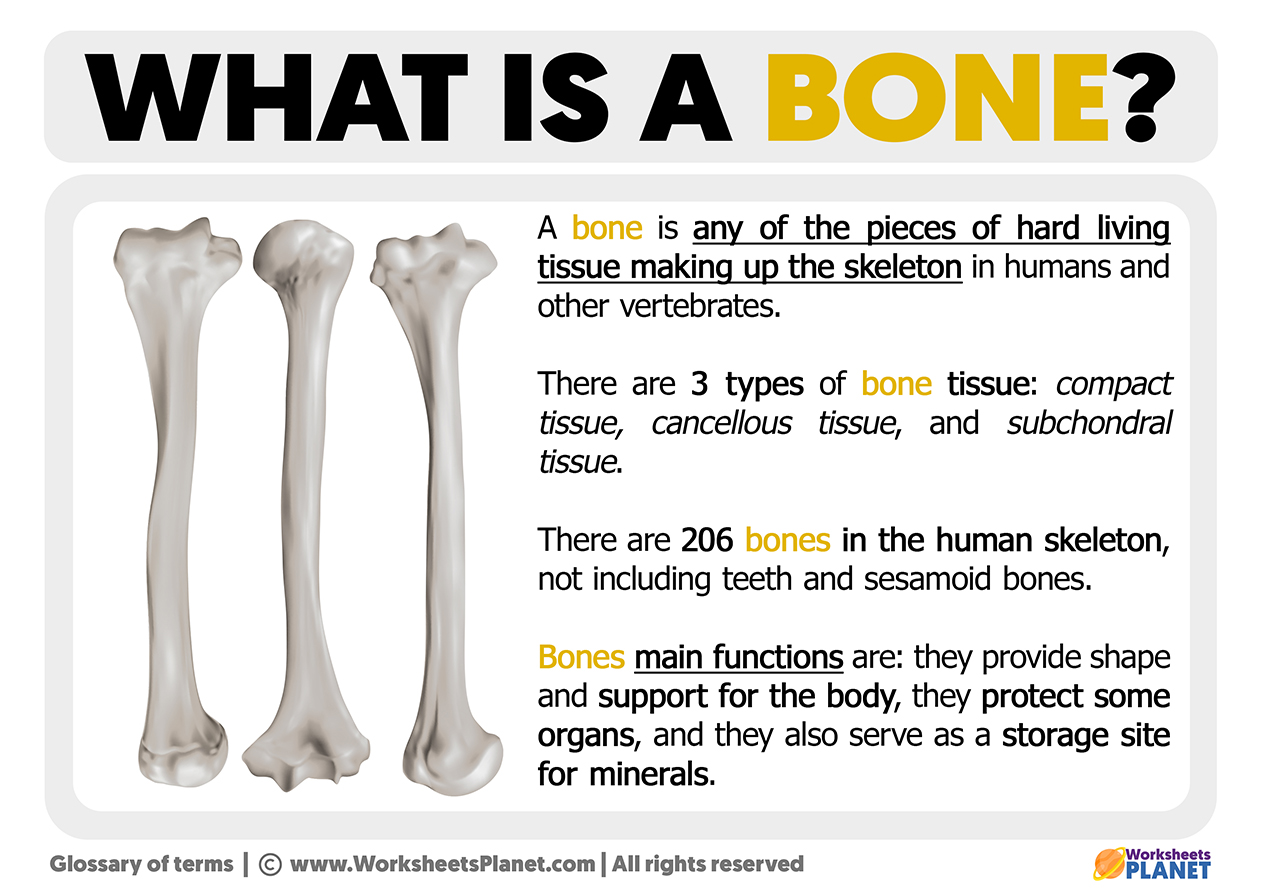The skeletal system of a human adult is made up of 206 bones. Bones are fundamentally responsible for protecting the organs and giving movement to the body and the muscular system.

In addition to protecting vital organs and giving movement to the body, bones perform other functions, such as regulating the concentration of calcium in the blood or taking care of the formation of red blood cells.
The components of the bones
Bones are made up of cells that give rise to bone tissue and minerals. We can divide them into three types of components:
Osteoid substance: Organic material that has not yet mineralized, whose main component is a protein in the form of collagen and other extracellular elements.
Minerals: Calcium and phosphate unite to form a crystallized layer -hydroxyapatite- on the osteoid substance. This fabric offers greater protection and support to the bones.
Cells: We found two types of cells with antagonistic functions.
- On the one hand, the osteoblasts are responsible for forming the bone by synthesizing the osteoid substance.
- On the other hand, the osteoclasts are in charge of breaking down the mineralized bone tissue to reabsorb its molecules so they can be reused.

